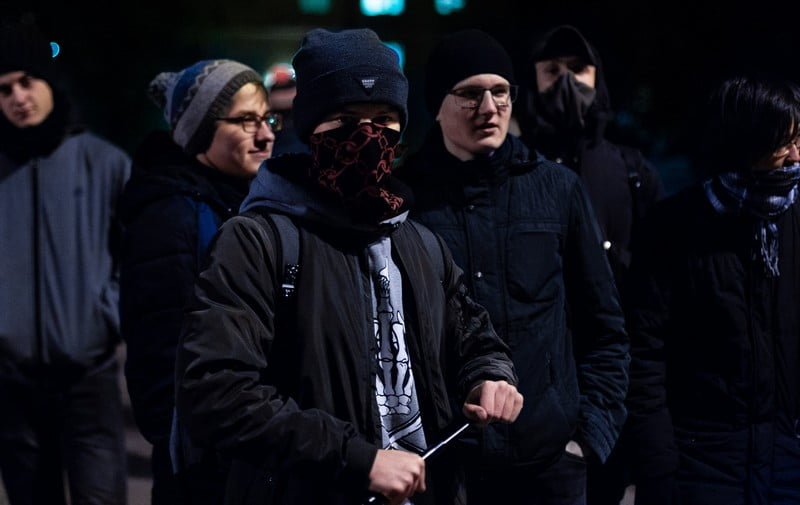Table of Contents
- Definition and Characteristics of Gangs
- Theories Explaining Gang Formation
- Impacts of Gang Membership
- Strategies for Addressing Gang Activity
- Conclusion
Gangs have been a persistent social phenomenon, shaping and being shaped by the environments in which they exist. They are complex social organizations that often emerge in marginalized communities, where economic, social, and political factors intersect to create fertile grounds for their development. This article aims to provide a comprehensive overview of gangs, examining their characteristics, the sociological theories that explain their existence, and the impacts they have on individuals and communities. Understanding gangs from a sociological perspective allows us to grasp the broader social dynamics at play and offers insights into potential solutions for mitigating their influence.
Definition and Characteristics of Gangs
Gangs are typically defined as organized groups whose members engage in criminal activities. These groups often have a defined leadership structure, rituals, symbols, and codes of conduct. Membership in a gang can offer a sense of identity, belonging, and protection to individuals, particularly in environments where social institutions such as family and schools have failed to provide adequate support. Gangs often emerge in urban areas characterized by high levels of poverty, unemployment, and social disorganization. They provide an alternative means of achieving economic gain and social status, often through illicit activities.
Gang membership is often associated with youth, though individuals of all ages can be involved. Recruitment can begin at a young age, with gangs targeting vulnerable individuals who seek acceptance and a sense of community. The process of socialization within the gang instills loyalty and adherence to the group’s norms and values, which can include violence and criminal behavior. Understanding the social and economic contexts that give rise to gangs is crucial for addressing the root causes of their existence.
Theories Explaining Gang Formation
Strain Theory
Strain theory, developed by sociologist Robert K. Merton, posits that deviance, including gang membership, arises when individuals are unable to achieve socially approved goals through legitimate means. In environments where opportunities for success are limited, individuals may turn to alternative means, such as joining gangs, to achieve financial success and social recognition. Gangs can provide a structured means to attain these goals, albeit through illegal activities. Strain theory highlights the importance of addressing economic and social inequalities to reduce the prevalence of gangs.
Social Disorganization Theory
Social disorganization theory, rooted in the work of the Chicago School of Sociology, attributes gang formation to the breakdown of social institutions in communities. In neighborhoods with high levels of poverty, residential mobility, and ethnic heterogeneity, social bonds are weakened, leading to a lack of community cohesion and effective social control. Gangs can fill the void left by weakened social institutions, providing a sense of order and structure in otherwise chaotic environments. This theory underscores the importance of community-based interventions to strengthen social ties and reduce gang activity.
Differential Association Theory
Edwin Sutherland’s differential association theory suggests that criminal behavior, including gang involvement, is learned through interactions with others. Individuals who associate with gang members are more likely to adopt their values and behaviors. This theory emphasizes the role of socialization and peer influence in the development of deviant behavior. It suggests that interventions aimed at disrupting these associations and providing positive role models can be effective in preventing gang involvement.
Cultural Deviance Theory
Cultural deviance theory posits that gang behavior is a result of individuals conforming to a subculture that deviates from mainstream societal norms. In marginalized communities, subcultures that value toughness, street smarts, and loyalty to the gang can develop. These values are often reinforced through shared experiences of discrimination, poverty, and exclusion. Cultural deviance theory highlights the need to address the broader cultural and structural factors that contribute to the development of deviant subcultures.
Impacts of Gang Membership
Individual Impacts
Get the full article AD FREE. Join now for full access to all premium articles.
View Plans & Subscribe Already a member? Log in.





